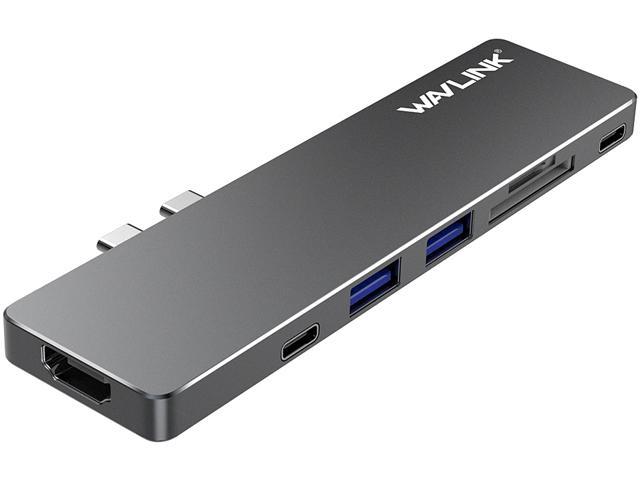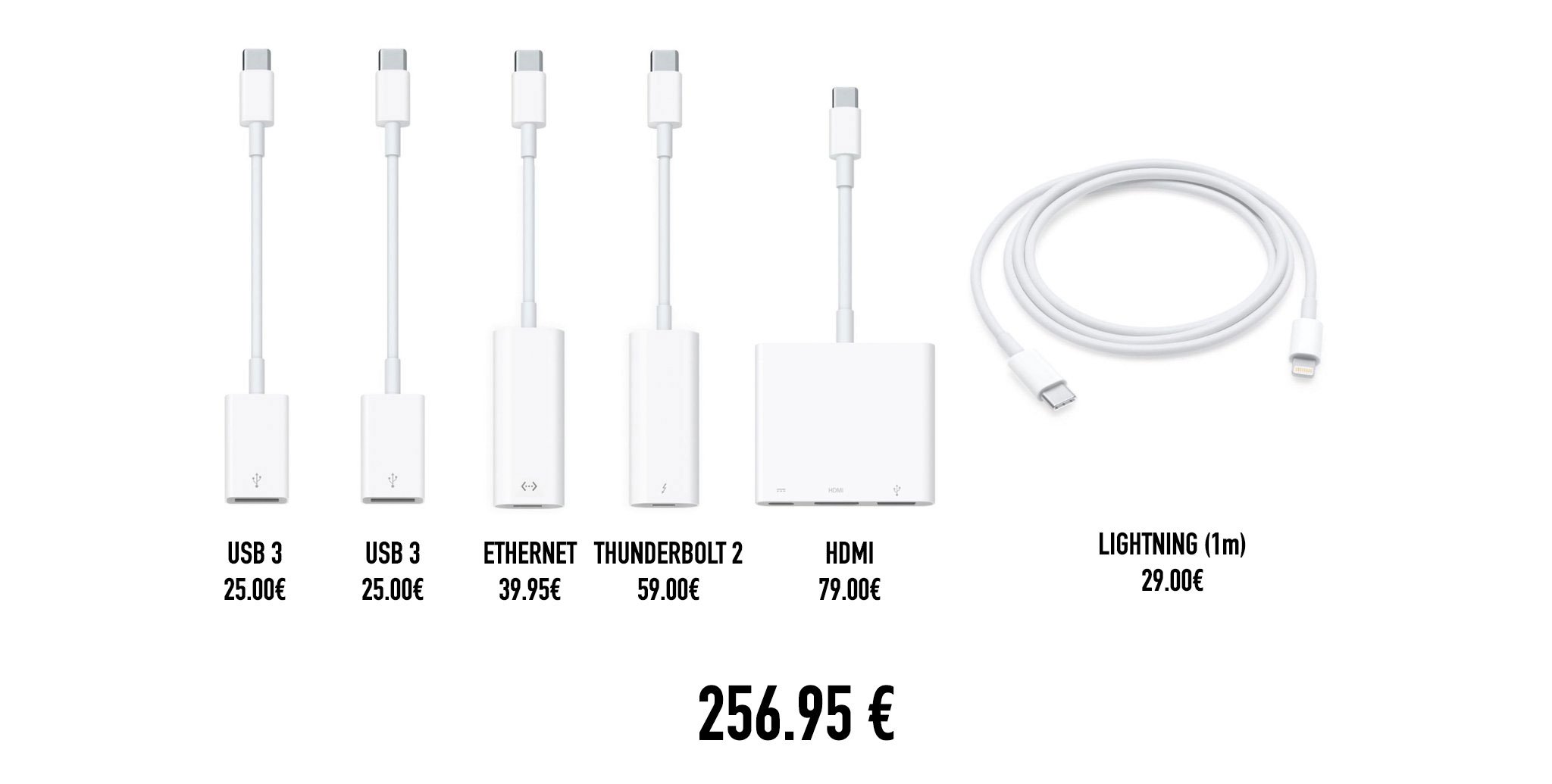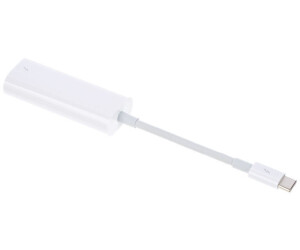

Plenty of big names are on board, like Hewlett-Packard, Lenovo and Dell. The HP Spectre x360 laptop comes with ports that work both as USB-C and Thunderbolt connectors. There are about the same number of peripheral devices like storage systems, docking stations, external graphics cards and monitors, he added, double the number available a year and a half ago. Now more than 400 computer models support Thunderbolt, and prices of Thunderbolt-equipped computers are coming down, said Jason Ziller, general manager of Intel's Client Connectivity Division. Back then, USB still maxed out at 480Mbps, about a twentieth the speed of Thunderbolt at the time.
#MACBOOK USB C THUNDERBOLT WINDOWS#
Thunderbolt started spreading to Windows machines in 2012.

The prospects for Thunderbolt looked rosy after it debuted in 2011, thanks to Intel's clout and support from Apple, which bet big on the technology. What video editor wants to be left in the lurch when trying to share a big file with a client who can't plug in the Thunderbolt hard drive it's stored on? Intel fighting for Thunderbolt

Even in higher-end PCs, there are risks to relying on it. It's based on a technology born of traditional personal computers, and shows few signs of expanding beyond them. "It's really hard to know why two standards are needed," said Endpoint Technologies analyst Roger Kay.Īpple's inconsistent embrace of Thunderbolt underscores its rocky road as a mainstream port. Apple's decision might well encourage mobile device companies to get more serious about USB-C, but it sends the opposite message about Thunderbolt. The iPad Pro, arguably Apple's embodiment of the future of personal computing - has a USB-C port without the Thunderbolt abilities. ( Apple calls them Thunderbolt ports, adding to the confusion.) Intel is heavily pushing the higher-speed Thunderbolt, but it's not easy given that USB-C is nearly as fast and enjoys broader industry support.Īpple's other new device shows the magnitude of Intel's challenge. The laptop's two ports serve double duty, working as both industry-standard USB-C inputs and Intel's proprietary Thunderbolt alternative to connect devices like monitors, cameras and external hard drives. There's a big rivalry inside the slim chassis of Apple's newest MacBook Air. This kind of adapter is only compatible with Thunderbolt devices, not Mini DisplayPort.Apple's 2018 iPad Pro, shown here with the optional Smart Folio Keyboard, gets a USB-C port.
#MACBOOK USB C THUNDERBOLT PRO#
I've personally used this adapter to connect a 2018 MacBook Pro to a legacy (Thunderbolt 1) WD MyBook Duo and it worked with no issues. To make your setup work, something like the StarTech TBT3TBTADAP TB 3 to Legacy TB adapter. Yes, solutions and products built to Thunderbolt and Thunderbolt 2 specifications will work with Thunderbolt 3 via an adapter. Is Thunderbolt 3 backwards compatible with Thunderbolt and Thunderbolt 2? Thunderbolt 3 is backward compatible, but will require an adapter. Why most Thunderbolt 1 or 2 devices would require an external power The cable itself is a device that requires power to operate (which is With these older Thunderbolt standards, the cable was active, meaning One of the (major) differentiators between Thunderbolt 1/2 and Thunderbolt 3 is that Thunderbolt 1/2 required the cable to be active (it required power to operate) whereas Thunderbolt 3 can use standard USB Type C cables (it's passive) 1. You're not going to find a Thunderbolt 3 to Thunderbolt 2 cable as an adapter is required to connect to legacy devices.


 0 kommentar(er)
0 kommentar(er)
